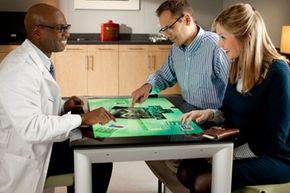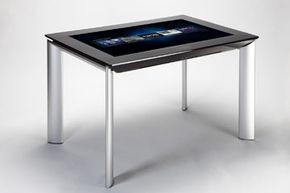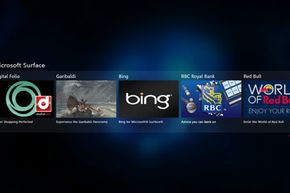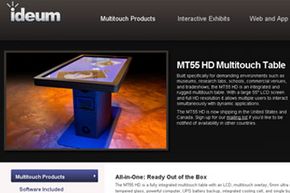Many science fiction films have depicted powerful computers that are no more than large touch-screen displays. In "Star Wars," it was a series of transparent room partitions with schematics used to plan and monitor a battle out in space. In "Star Trek," it was entire wall panels and tabletops for controlling everything on the spaceship. Today, here on Earth, Microsoft Surface is beginning to turn these sci-fi wonders into a reality.
Surface is a platform, or combination of hardware and software technologies, designed to work as a collaborative touch-screen interface for multiple simultaneous users. Here are just a few possible examples of how Surface could be useful:
Advertisement
- Colleagues gathered around a table could push digital text blocks instead of paper across the desk, and they could sign paperwork without requiring printouts.
- Doctors could glide through patient records and X-ray images on a wall-mounted display during a consultation instead of fumbling through a file.
- Friends eating at a restaurant could place their orders then play games while they wait for their food, and they could pay just by laying RFID-embedded credit cards on the table.
Microsoft launched Surface 1.0 in 2008, working with a number of retail partners to find ways to apply the technology in their storefronts. With the January 2011 announcement of the Samsung SUR40 and Surface 2.0, Microsoft seemed ready to make the Surface platform available for a much wider audience. If you haven't seen Surface in your local electronics store, though, don't be surprised. As of mid-2011, Microsoft is marketing Surface to businesses rather than home consumers.
So how did Surface come into being, and how does it work? This article answers these questions and determines whether other tabletop computer technology might stand toe-to-toe with the Surface platform. First, let's take a look at how Surface went from a small idea to a major innovation.
Advertisement





